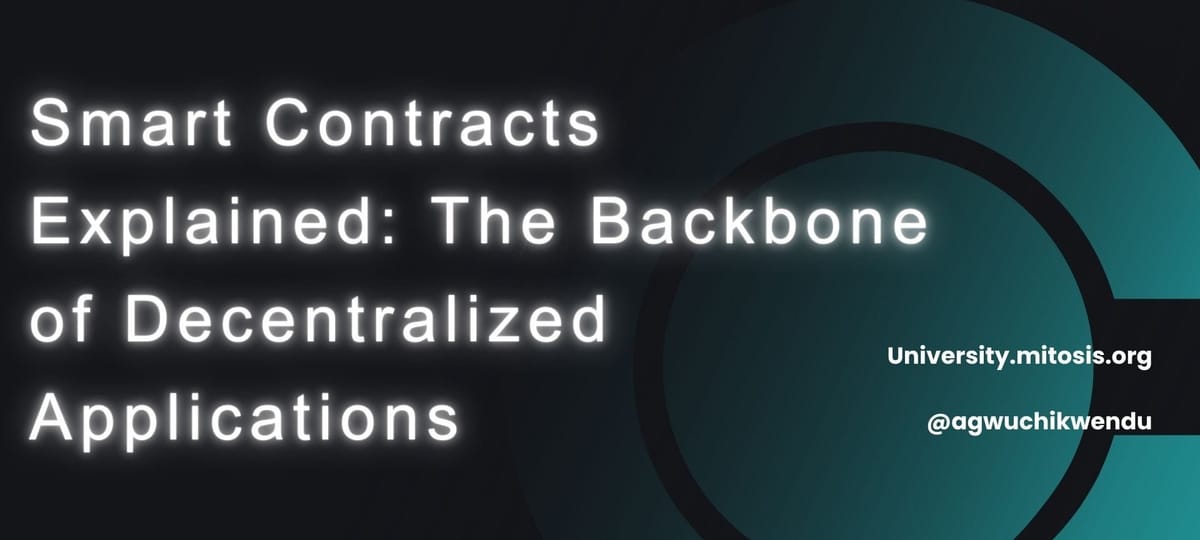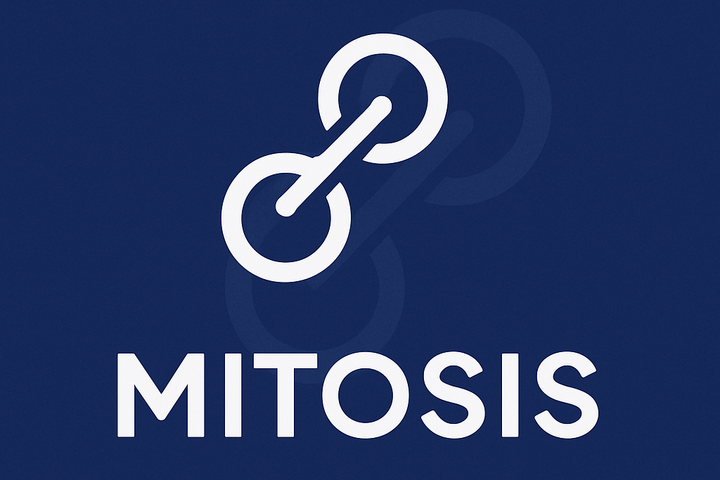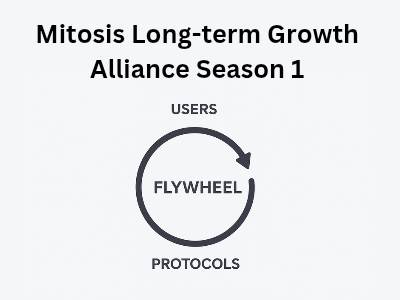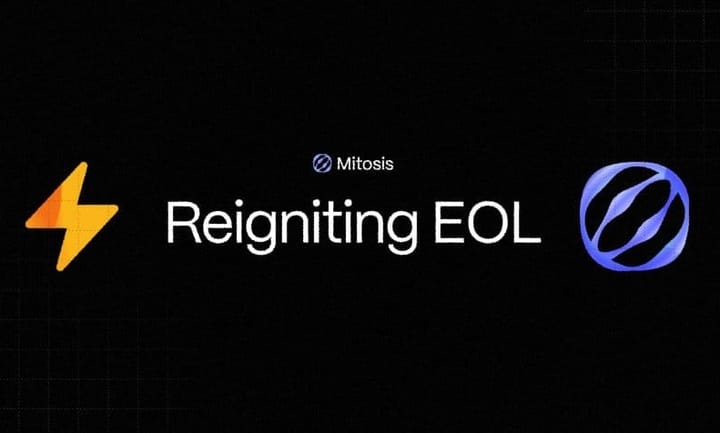Smart Contracts Explained: The Backbone of Decentralized Applications

In the world of blockchain, the term smart contract has almost become a cliché. Everyone talks about them from crypto startups pitching their next DeFi protocol to mainstream corporations experimenting with tokenized assets. But despite the buzz, many people still don’t fully understand what a smart contract really is, how it works, and why it’s so powerful.
In this article we will explain smart contracts in details.
By the end, you’ll understand why smart contracts aren’t just “cool blockchain code” they’re a foundation for a new digital economy.
What is a Smart Contract?
A smart contract is a self-executing program that runs on a blockchain. It contains code and rules that define how transactions or processes should work, and it automatically enforces those rules without needing an intermediary.
Think of it as a vending machine:
- You insert coins (or crypto)
- The machine verifies the amount
- If the amount matches, it dispenses your item
- No cashier, no bank, no third party
In blockchain terms:
- You send cryptocurrency or data to a smart contract
- The contract verifies the inputs
- If the conditions are met, it performs the coded action automatically
Once deployed, a smart contract is immutable, meaning no one can alter the code or the rules. This immutability is both a blessing (security, trust) and a curse (bugs can’t be fixed easily).
A Brief History of Smart Contracts
While Ethereum made smart contracts popular, the concept predates blockchain. The term “smart contract” was coined in the 1990s by Nick Szabo, a computer scientist and cryptographer.
He envisioned digital agreements that could automatically execute without intermediaries.
However, it wasn’t until the launch of Ethereum in 2015 that this vision became practical. Bitcoin had limited scripting capabilities for transactions, but Ethereum introduced a Turing-complete virtual machine, enabling complex contract logic.
Since then, smart contracts have expanded far beyond Ethereum, appearing on blockchains like Solana, Cardano, Polygon, Avalanche, and Binance Smart Chain.
How Smart Contracts Work
At their core, smart contracts are programs deployed on a blockchain. Here’s the general flow:
- Code Creation – Developers write smart contracts using programming languages like:
- Solidity (Ethereum, Polygon, BNB Chain)
- Rust (Solana, NEAR)
- Move (Aptos, Sui)
- Vyper (Ethereum alternative)
- Deployment – The compiled code is deployed to the blockchain as a transaction, creating a contract address.
- Execution – Users interact with the contract by sending transactions to it. The blockchain nodes execute the contract code and update the ledger accordingly.
- Immutability & Transparency – Anyone can view the contract’s code (if verified) and transaction history on explorers like Etherscan or Solscan.
Example:
A simple Ethereum smart contract for escrow might:
- Lock ETH from a buyer until a seller delivers goods
- Automatically release ETH to the seller upon confirmation
- Return ETH to the buyer if a deadline is missed
This removes the need for lawyers, banks, or other middlemen.
Why Smart Contracts Matter
Smart contracts offer a radical shift in how we think about agreements and automation. Here’s why they matter:
- Trustless Transactions – You don’t need to trust the other party, just the code and the blockchain.
- Cost Efficiency – Eliminates intermediaries, reducing fees.
- Speed – Transactions execute automatically once conditions are met.
- Global Accessibility – Anyone with internet and crypto can interact with them.
- Transparency – All interactions are recorded on a public ledger.
Types of Smart Contracts
Smart contracts can take many forms, depending on their use case:
- Financial Contracts – Handle loans, swaps, staking, and yield farming. Examples: Uniswap, Aave, Compound.
- NFT Contracts – Manage minting, transferring, and royalties of non-fungible tokens. Example: ERC-721 and ERC-1155 contracts.
- DAO Governance Contracts – Enable decentralized organizations to vote and manage funds. Example: MakerDAO governance system.
- Escrow Contracts – Hold funds until predefined conditions are met.
- Gaming Contracts – Power blockchain-based games and play-to-earn economies.
Real-World Use Cases
Smart contracts are already disrupting industries:
- Decentralized Finance (DeFi) – Automated lending, borrowing, and trading without banks.
- NFT Marketplaces – Trustless buying, selling, and royalty distribution.
- Supply Chain – Tracking goods from origin to consumer, ensuring authenticity.
- Insurance – Automatic payouts based on verifiable events (e.g., flight delays).
- Real Estate – Tokenized property ownership and automated transfers.
- Voting Systems – Transparent, tamper-proof elections.
Security Considerations
While smart contracts are powerful, they are not immune to vulnerabilities:
- Bugs in Code – If a contract has a logic error, hackers can exploit it.
- Reentrancy Attacks – When a contract unknowingly calls back into itself before updating state.
- Front-Running – Malicious actors reorder transactions to gain an advantage.
- Oracle Manipulation – If a contract relies on external data, a compromised oracle can feed false information.
Famous exploits like The DAO hack (2016) and the Wormhole bridge exploit (2022) show that millions can be lost due to insecure smart contracts.
This is why auditing and formal verification are critical steps before deploying any serious contract.
The Role of Oracles
Smart contracts can only access data stored on the blockchain by default. But many use cases require external data like stock prices, sports results, or weather data.
This is where oracles come in. Oracles are services that feed real-world data into smart contracts. Examples include:
- Chainlink
- Band Protocol
- Pyth Network
Without oracles, smart contracts would be blind to the real world.
Benefits of Smart Contracts
The rise of smart contracts is not accidental, they solve real problems in trust, automation, and efficiency. Let’s break down their biggest advantages.
• Automation
Once deployed, smart contracts execute automatically without human intervention. This reduces the need for intermediaries like lawyers, brokers, or payment processors. For example, in a decentralized lending platform, repayments and collateral releases happen instantly as per the programmed terms, no waiting for someone to “approve” them.
• Transparency
All smart contract code and transaction history on a blockchain is publicly visible. This transparency builds trust because anyone can verify the rules and check if the contract executed fairly. In traditional systems, you often need to “trust” an intermediary’s word, here, you can verify it yourself.
• Security
Because they run on blockchains secured by cryptography, smart contracts are extremely difficult to tamper with. Once deployed, the code is immutable meaning no one can secretly change the rules. This is a double-edged sword (as we’ll discuss in risks) but also a key security advantage.
• Cost Savings
Eliminating intermediaries can significantly cut costs. Imagine paying a 3% brokerage fee on a $100,000 transaction, that’s $3,000 gone. A smart contract can handle the same transfer for a fraction of the cost in gas fees.
• Global Accessibility
Anyone with an internet connection can interact with a smart contract, making it possible for people in different countries to transact without worrying about currency exchange, cross-border fees, or local banking rules.
Risks and Challenges of Smart Contracts
While powerful, smart contracts are not magic bullets, they come with challenges that every developer, investor, or user should understand.
• Code Bugs
A smart contract will execute exactly as coded not as intended. If a developer makes a mistake, the blockchain will still execute that flawed logic. The famous 2016 DAO hack on Ethereum, where an attacker exploited a loophole to drain millions in Ether, is a prime example.
• Irreversibility
Transactions on a blockchain are permanent. If a smart contract mistakenly sends funds to the wrong address, there’s no “undo” button. This is great for preventing fraud but brutal for human error.
• Complexity of Legal Enforcement
While a smart contract can enforce rules technically, legal systems still rely on traditional contracts. If a dispute arises, courts may struggle to interpret blockchain code as a legal agreement especially across borders.
• Security Vulnerabilities
Even though blockchain networks are secure, smart contracts themselves can have vulnerabilities like reentrancy attacks, integer overflows, and front-running exploits. This is why smart contract auditing is critical before deployment.
• Changing Requirements
Once deployed, a smart contract is immutable. This means if laws change or business requirements evolve, updating the contract often requires deploying a new one which can be costly and inconvenient.
Popular Platforms for Smart Contracts
Not all smart contracts live on Ethereum. Several blockchain platforms now support them, each with its own strengths.
→ Ethereum
The pioneer of smart contracts, Ethereum uses Solidity and supports the largest ecosystem of decentralized applications (dApps).
→ Binance Smart Chain (BSC)
Compatible with Ethereum’s EVM but with lower fees and faster transactions, making it attractive for DeFi and NFT projects.
→Solana
Known for high throughput and low fees, Solana supports smart contracts written in Rust, C, and C++.
→ Avalanche
A high-performance platform supporting Solidity-based contracts with near-instant finality.
→ Cardano
Focuses on a more academic approach, using Haskell and Plutus for secure, formally verified contracts.
→ Polkadot
Specializes in interoperability, allowing smart contracts to communicate across different blockchains.
The Future of Smart Contracts
The technology is still evolving. Here’s where it might go:
- Cross-chain smart contracts : enabling interactions across multiple blockchains.
- AI-integrated contracts : where artificial intelligence dynamically updates contract terms based on external data.
- Mainstream adoption in traditional finance : with banks, insurance companies, and governments deploying smart contracts for efficiency.
- Stronger legal recognition : as governments adapt laws to accommodate blockchain agreements.
Final Thoughts
Smart contracts represent one of the most transformative innovations in blockchain technology. They combine automation, trust, and transparency in a way that traditional systems cannot match. However, like any technology, they must be handled with care. Understanding their workings, benefits, and risks is essential before jumping in whether you’re a developer writing code, an investor funding a project, or simply a curious learner exploring the blockchain space.
The future is moving toward decentralized, automated systems and smart contracts are the gears turning that future into reality.



Comments ()